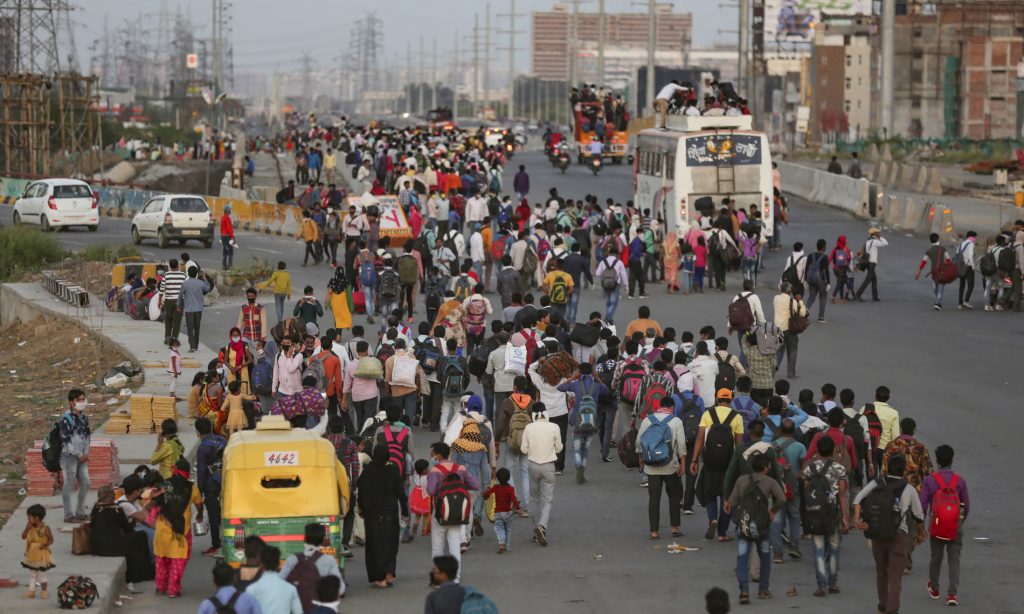Indian workers are now at the centre of global labour demand, according to the latest International Migration Outlook 2025 released by the Organisation for Economic Co-operation and Development (OECD). The report shows that countries facing ongoing skill shortages are increasingly turning to India for trained professionals and semi-skilled workers.
The data reveals that nearly 600,000 Indians migrated to OECD countries in 2023, marking an 8% increase from the previous year. This makes India the top source of new migrants to OECD member states. The trend reflects a global shift where migration is no longer dominated by low-wage labour alone, but by skilled workers, especially in healthcare, technology, and care services.
One of the strongest areas of demand is healthcare. India is now among the top three providers of foreign-trained doctors and the top two providers of migrant nurses working in OECD countries. Between 2021 and 2023, four in ten migrant doctors and more than a third of migrant nurses from Asia working abroad were from India. Many of these placements are supported by structured channels such as the UK Health and Care Worker Visa and Ireland’s International Medical Graduate Training Initiative, which allow skilled workers to train and work overseas.
Why are Indian workers so in demand globally?
Many OECD countries have aging populations and not enough local professionals.
What does this mean?
These nations rely on skilled migrants to keep hospitals, care homes, and major industries functioning.
The report also highlights new migration opportunities in aged care, construction, and technology. Australia’s Aged Care Industry Labour Agreement and the India–Greece bilateral migration partnership signed in 2024 show how governments are now creating formal recruitment pathways specifically for Indian workers. These agreements allow sectors with shortages to recruit workers without increasing overall migration quotas.
Even though many countries are tightening visa compliance and employer checks to prevent exploitation, demand for Indian workers has continued to rise. New rules in countries like Poland, Latvia, and Finland focus on contract oversight and fair wage practices, but they have not slowed hiring. Instead, they have made migration more transparent and skill-focused.
The report also notes a significant increase in Indian women migrating for caregiving, education, and service roles. At the same time, many young Indian graduates who first move abroad for education are now transitioning into full-time jobs in technology, research, and healthcare sectors.
The OECD concludes that India is no longer just exporting labour — it is exporting skill and expertise. While this benefits countries with ageing workforces, India may need to strengthen its own workforce planning to avoid shortages at home, especially in healthcare. Still, the global demand indicates that Indian workers will continue to play a critical role in shaping labour markets around the world.

